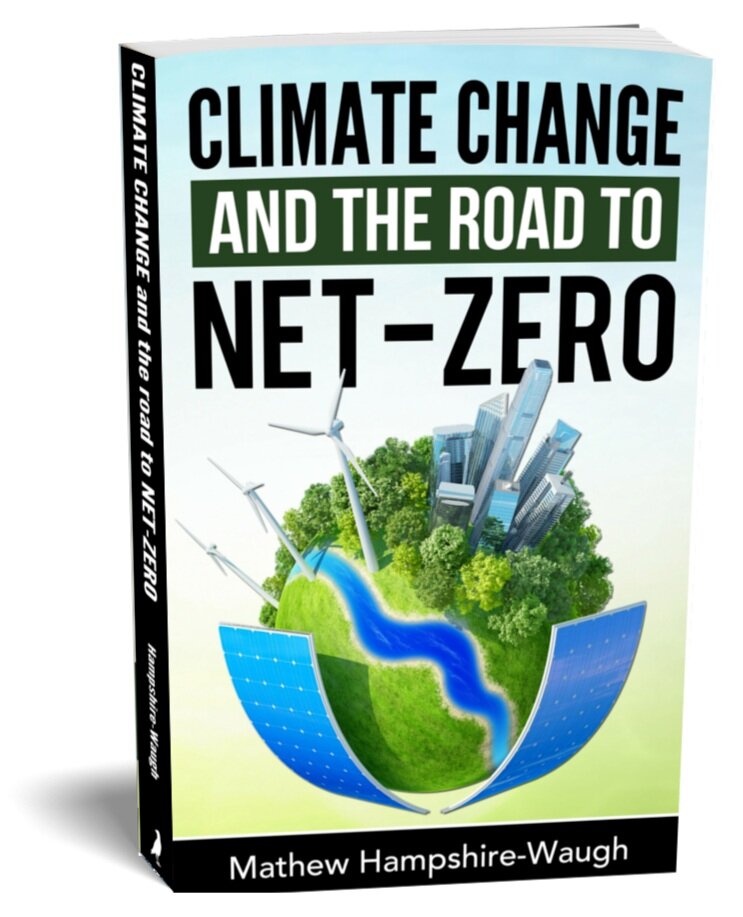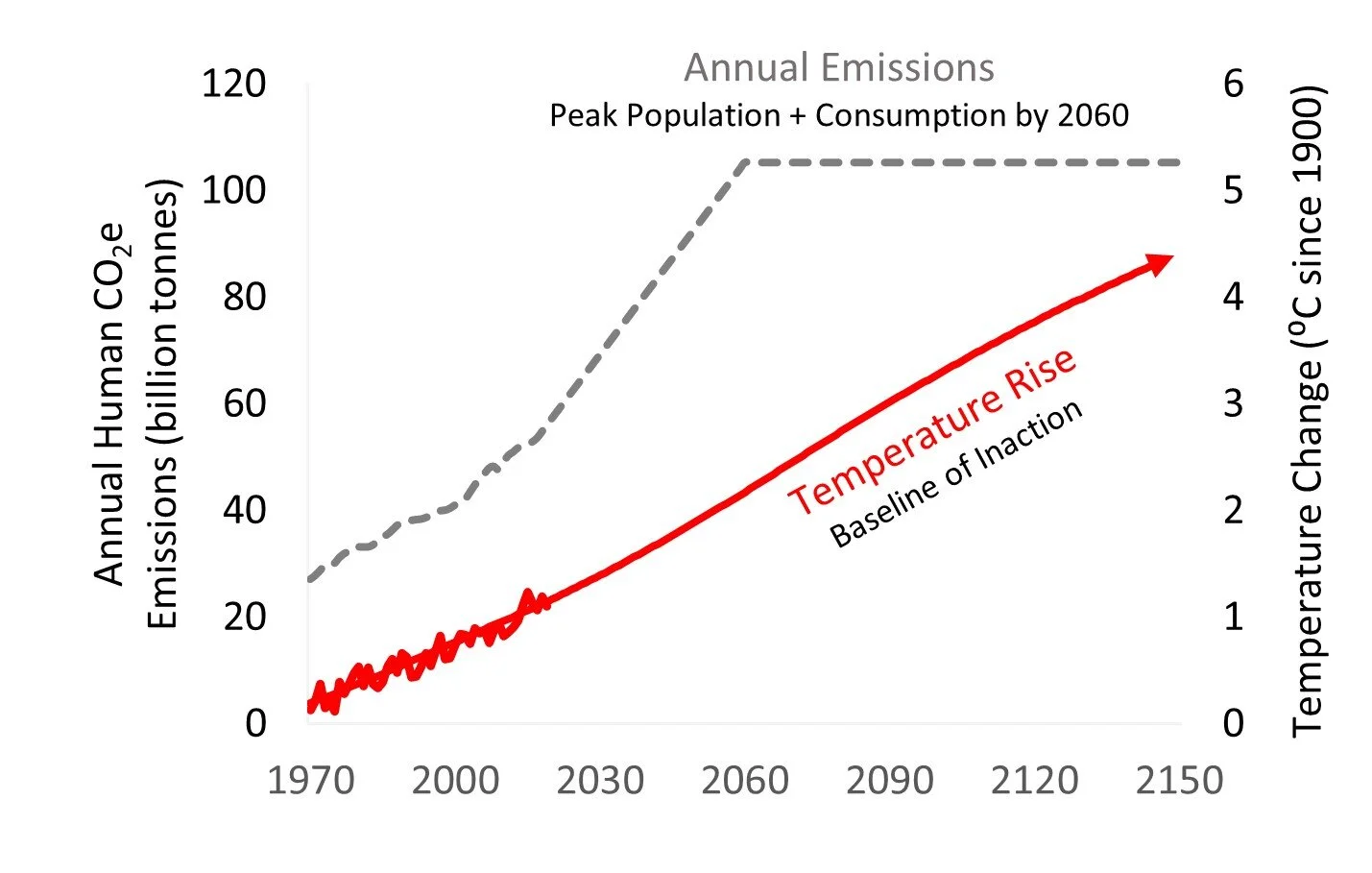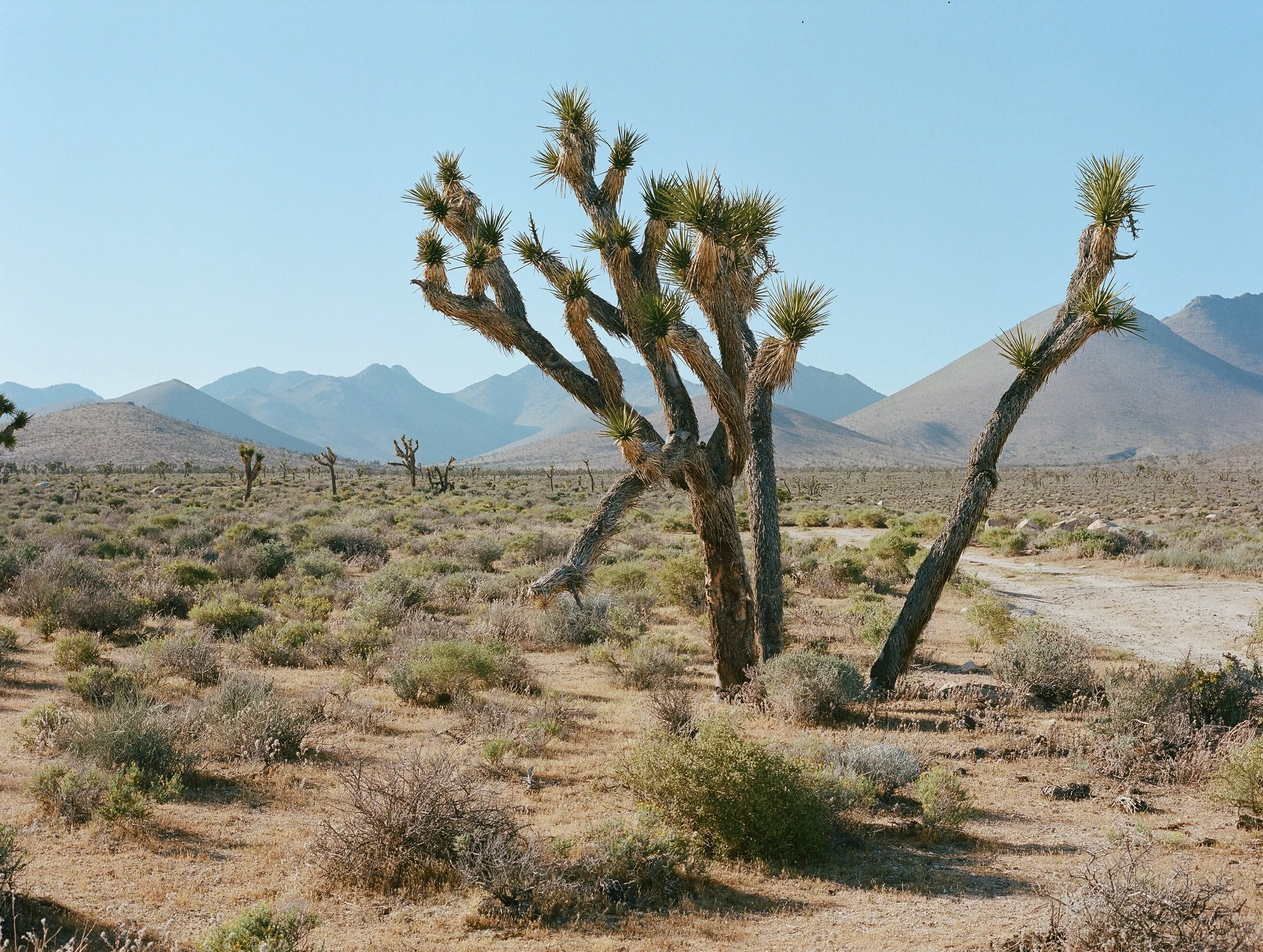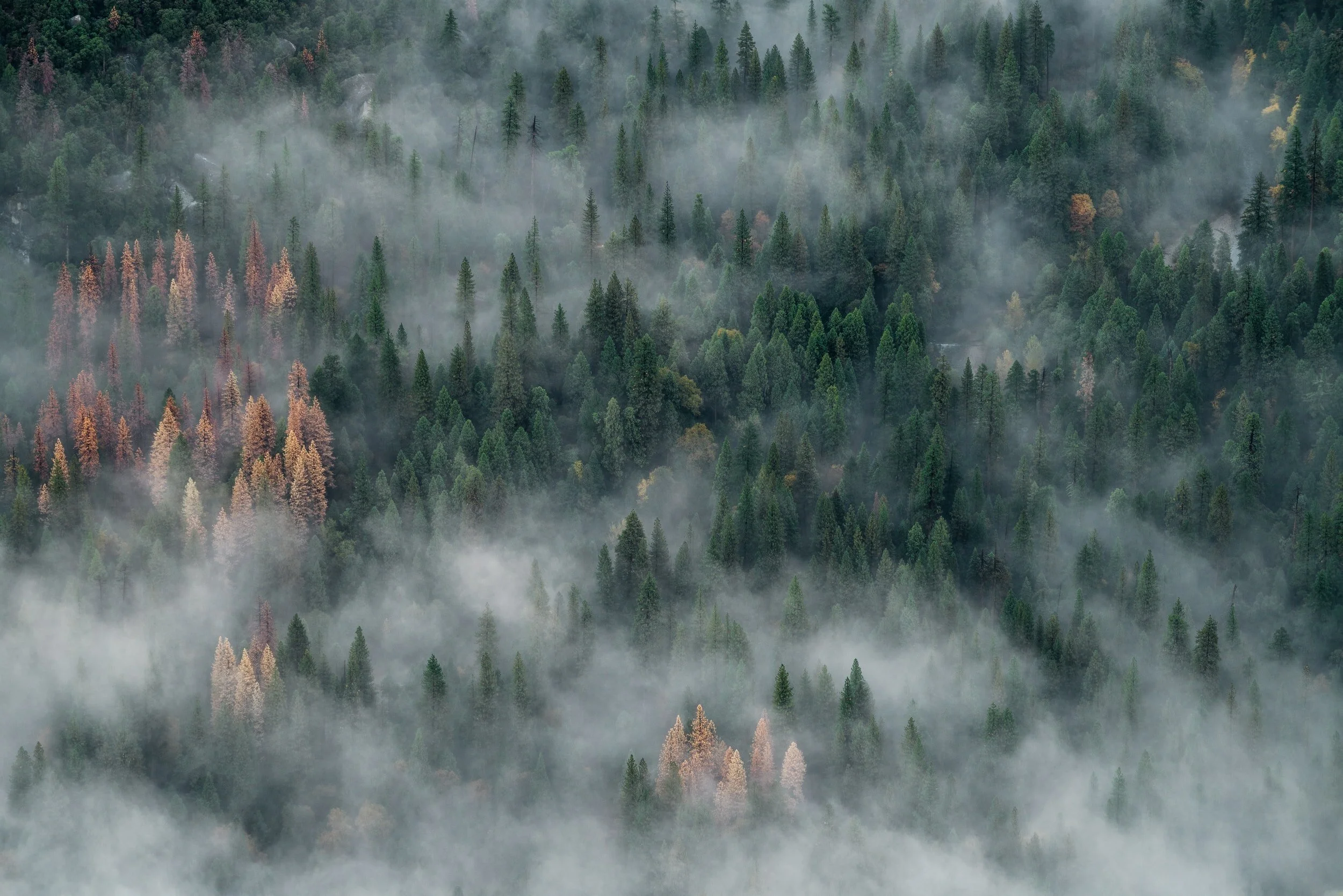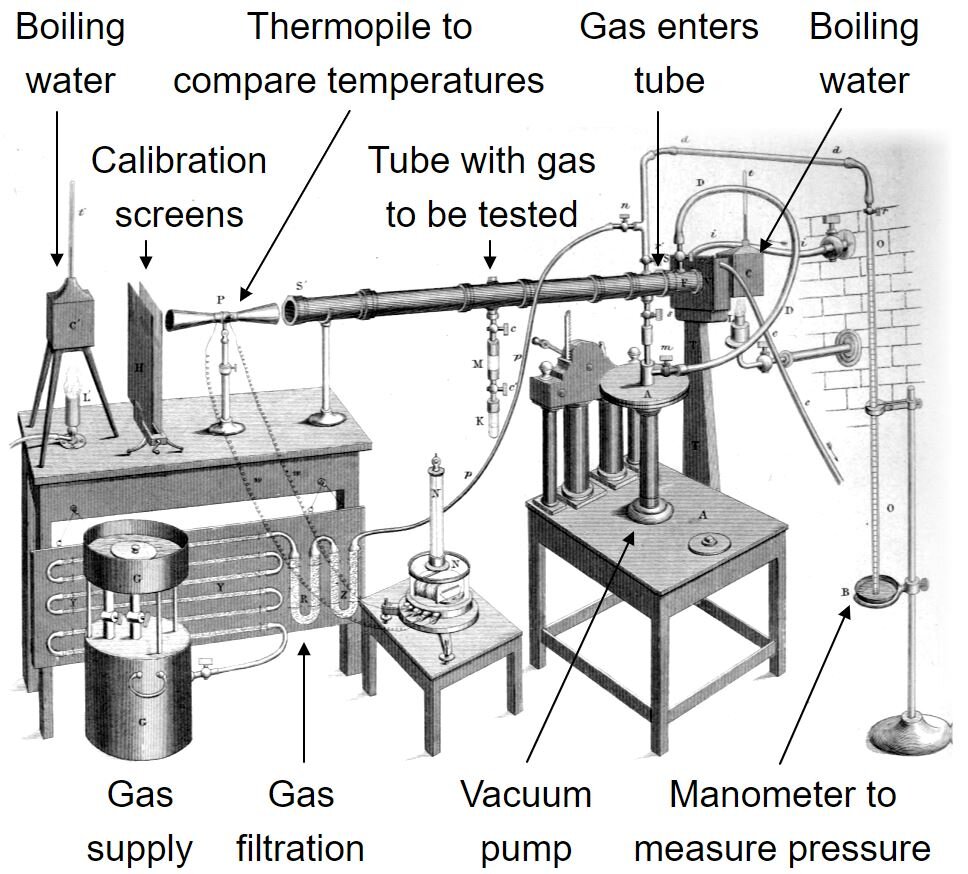Climate Change Damages - Heat, Fire, and Drought
In this post from NET-ZERO:
Will Global Warming force global migration? The regions of the world most vulnerable to searing summer temperatures.
How will Climate Change impact heat waves, wildfires, and drought? The increasing frequency and intensity of extreme heat-related events in a warmer world.
Why has global annual forest burn declined despite a warmer Climate? How deliberate human-induced forest burning is down, but wildfires are up.
Does Climate Change mean fewer winter deaths? Yes, but any reductions in cold-deaths will be overwhelmed by increased heat-deaths.
Peak Population, Peak Consumption, No System Change
If we move towards a peak consumption world where we continue to power the economy with fossil fuels, climate models forecast over 3⁰C higher temperatures by the end of this century, with a risk to further increases.
A 3⁰C average temperature increase may not sound huge but remember averages don’t tell the full story. Average land-ocean surface temperatures may increase 3⁰C, but big cities and the Arctic will warm over 2-3 times as fast, mid-latitudes 2 times faster, and land 1.5 times faster, with all of these increases balanced by an ocean which warms at two thirds of the average rate. The extra trapped heat means nights will warm more than days, winter more than summer, and the chance of extreme hot weather will rise exponentially as the chance of extreme cold weather fades.
How will these climate changes impact the weather we experience every day? This post will take a look at the potential climate change induced damage from rising heat, fire, and drought…
Long-Term Intolerable Heat
Rising oceans aren’t the only change which will force human migration. Rising heat will probably prove the bigger factor over the next century. As the IPCC states: “If the body temperature rises above 38⁰C (heat exhaustion) physical and cognitive functions are impaired: above 40.6⁰C (heat stroke) risks of organ damage, loss of consciousness, and death increase sharply”. Humans don’t like being too hot for too long.
Wet-bulb temperature at 100% humidity is the best measure of intolerable heat. Healthy humans struggle to survive above 35⁰C heat and 100% humidity.
Death Valley, Inyo County in the US, is one of the hottest places on Earth. The average high temperature in July is 47⁰C with the average low 27⁰C at night. The record high reached 54⁰C in summer 2020. These temperatures are intolerable for most humans; the population density of Death Valley is just 0.06 brave people per square kilometre compared to a global average of 60.
Rising global temperatures will create more Death-Valley-like temperatures around the world:
Another degree on land and 7 million people in Kuwait and Qatar will be experiencing average summer highs of 47⁰C.
Add another degree and a further ten million people in the United Arab Emirates reach Death Valley status.
One more degree and things become ever more serious as big populations such as Algeria, Niger, Iraq, and Mali also reach Death Valley temperatures bringing intolerable heat to over 150 million people.
Beyond this the Middle East, North Africa, and Pakistan will suffer from similar levels of searing summer heat.
Assuming migration levels step up as Death Valley temperatures are breached, then around 400 million people may have attempted to move by 2100.
These numbers compare to official estimates from The International Organisation for Migration which estimates between 225 million and 1 billion people may be unable to live in their areas of origin by the end of the century, based on the IPCC high emissions pathways (RCP6/RCP8.5).
Extreme Temperature, Fire, and Drought Events
A warmer lower atmosphere means higher average temperatures and the number of extreme hot days increases as the number of extreme cold days declines. This boosts the risk of deadly heatwaves in areas ill-equipped to deal with extreme heat.
Despite more water vapour in the atmosphere and greater average rainfall over the planet, dry areas will become drier as wet areas become wetter. Rain will fall heavier but less often and the evaporation of water from soil and vegetation will increase surface run off and reduce water retention. Dry forests increase the risk of wildfires and the extent to which they spread.
Over the last 200 years the annual total burned-area of land on Earth is down from 5 to 3.7 million square km because deliberate burning by humans for agriculture has declined from 2 to 0.15 million square km. However non-deliberate wildfires in areas like Australia, California and Russia have increased with rising temperatures, despite less forest cover and better management.
Data from Munich Re shows the number of global heat waves, fires and droughts have steadily increased from an average of ten episodes per year in the early 1980s to over 40 per year in the last five years.
As the planet continues to warm, we can expect more deadly heatwaves across much of the world. Research suggests every 1⁰C warming could increase the amount of land experiencing extreme summer temperatures (3-5% hotter than normal) by 10%, leading to a 50-fold increase in the most dangerous heatwaves.
India and Pakistan will be the first major nations to feel the full impact of more frequent lethal heatwaves where even healthy individuals will be unable to cope with the elevated temperatures without cooling shelters or air conditioning – a luxury most cannot afford today.
Central United States or northwest Australia may experience fewer droughts but already high-risk drought-prone areas such as southern US, the Mediterranean, and Africa will increasingly turn to desert.
Access to fresh water will become even more difficult in India, Southern Africa, Australia, central South America, the Mediterranean, and parts of the US. Every 1⁰C warming could increase the risk of drought by 5-10%.
Wildfires will burn harder and more frequently in regions such as the Americas, Russia, Canada, Southern Europe, and Australia. Research estimates every 1⁰C warming could increase lightning strikes by 10%, the wildfire season by more than 20%, and the potential burn area of each fire may double.
Warmer Winters
A warmer lower atmosphere means less extreme cold events and milder winters. This is at least some good news for many living in northerly reaches of the world.
In winter death rates increase by 10% above the average and in summer and autumn death rates are 5% below average. Two thirds of the winter increase is due to cold weather and one third due to the spread of influenza.
The balance between more heat deaths and fewer cold deaths remains unresolved by climatologists, epidemiologists, and statisticians. More people die in winter, but the death rate is less sensitive to changes in temperature, whereas fewer die in summer but deaths rise very quickly with abnormally high temperatures. We are better at dealing with the unusually cold rather than the unusually hot.
By the middle of this century the IPCC estimates that heat related deaths will outweigh the fewer cold deaths.
We need to change global energy and agricultural systems and reach Net-Zero over the coming decades if we are to avoid the worst impacts of climate change.
